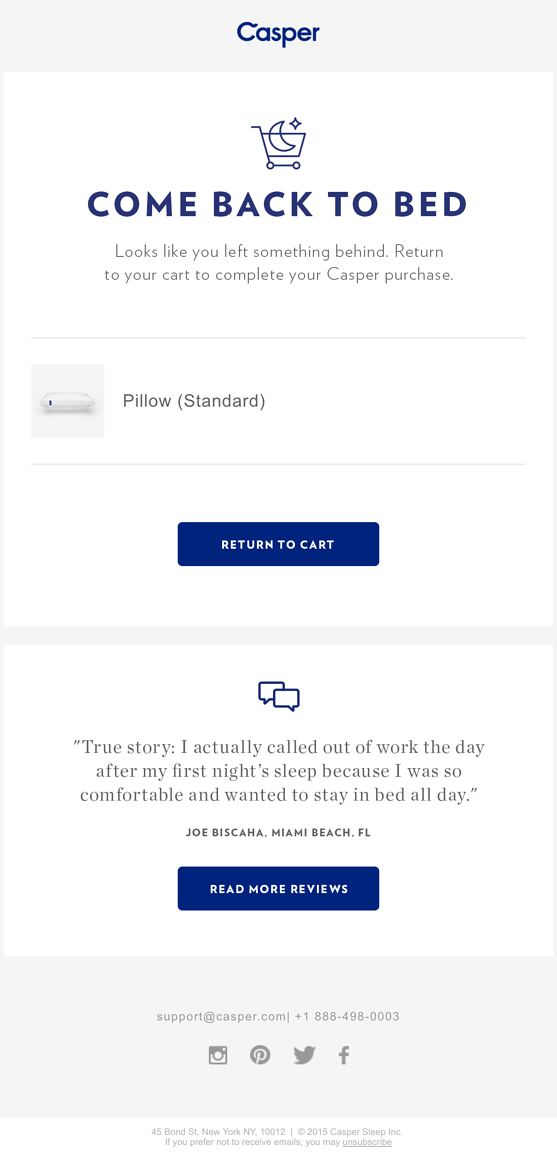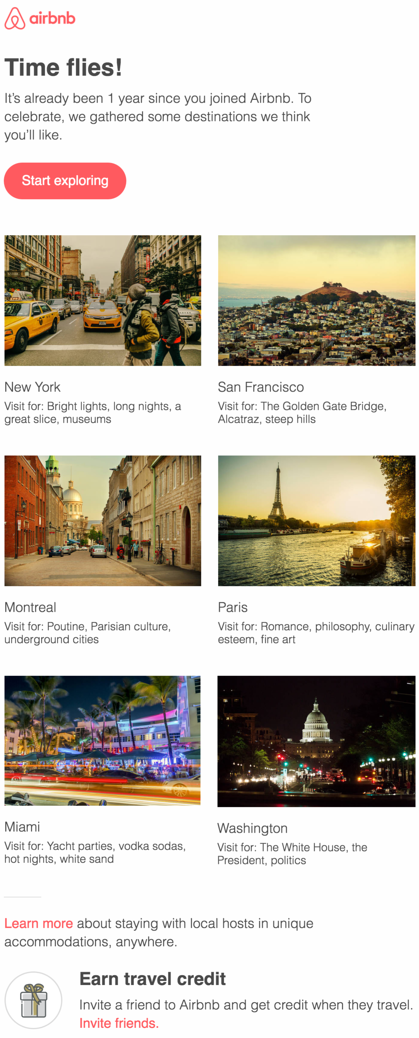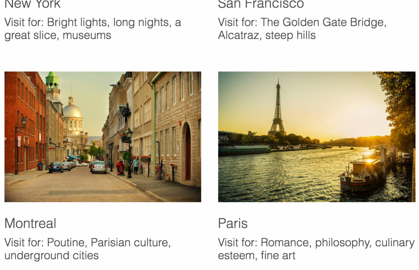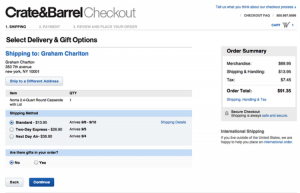— July 8, 2019
Step aside, expensive marketing tactics. There’s an affordable way to invest in your audience that pays off for your company — and your customers. Join us as we delve into email nurturing.
What is email nurturing?
Email nurturing engages potential customers with the hope of turning them into loyal customers. When a visitor performs a specific behavior on your website, it triggers an email with targeted information to nurture that relationship with your brand. Data, personas and demographics come together to segment email lists; these allow you to send relevant content that helps customers on their journeys — whether they want to learn, research or purchase — while leaving an impression.
You can send a series of these targeted emails in a nurture stream to guide the potential customer through the buying process. Rather than just generating leads, the focus is on the follow-up with those leads.
Like anything worthwhile, it takes time to see results with email nurturing. Show customers you’re not wasting their time by offering useful information or extras like an eBook or case study. Based on their behavior with your content, you can interact with your audience in a natural way that leads them to take further action with your business.
The difference between email nurture and drip campaigns
Confusion is common around email nurturing and drip campaigns. To clear this up, here are some quick facts about drip campaigns:
- A series of emails sent to a general audience at a set schedule
- Risk coming off as salesy or annoying if the frequency is too high
- Often sent as a series to consistently put your business name in readers’ inboxes
Email nurturing campaigns aren’t based on a set schedule.
- Based on behavior (i.e. downloading an eBook, visiting a specific page multiple times or attending a webinar)
- Provides educational content while encouraging engagement
- Continually triggers emails based on past actions
The importance of email nurturing
According to Erica Adams, Integrated Marketing Principal at VerticalResponse’s partner company Deluxe, lead nurturing is important because “it meets a prospect where they’re at in their journey and offers relevant, timely resources to help them make thoughtful decisions.” Adams goes on to say, “Today’s buyers are independent in their research and decision-making, and lead nurturing gives you the opportunity to help them and position yourself as an expert.”
How to run effective email nurture campaigns
Creating your first, or fiftieth, email nurture campaign can feel overwhelming. We’ll break it down in six steps:
- Identify how you help customers or what solutions you have to offer. Divide them into different categories. For example, a salon may separate hair color kits from products for different hair types. If a lead completes a quiz about their hair type, the salon would place them in a category that makes sense for them. The salon could empathize with its customers’ problems by sending out an email asking what they’re looking for, such as products for frizzy hair, tips to increase volume or ways to grow out hair.
- Dig into your customer’s journey. Think about their behaviors, thoughts and feelings at every interaction with your company. Understanding potential pain points and roadblocks will help you nurture leads at each stage. Better yet, if you’ve got a team in sales or research, have them survey users or dig through customer reviews to see where problems arise.
- Gather information about your leads to help you tailor your communications. Items like forms on your website, email interactions and customer research can help. Here are some ways to divide your focus:
- Demographics such as job title, experience or location
- Level of authority a lead has
- Needs or wants
- Engagement on social and with emails as a gauge of interest (clickthroughs, comments, shares and downloads are good ways to measure email and social engagement)
- How likely they are to buy, based off of their behaviors, so you can get them what they need when they need it
- Work on the emails. Users coming to you for the first time will likely enjoy videos or blog posts. Sharing helpful information and being a resource at this stage builds a trusting relationship between you and your potential customer. As they interact with your company more, use follow-up emails with products or services that can help with whatever they’ve been looking at on your site or things you think could help them. Case studies and webinars are great for this. As they move closer to a purchase decision, try product demos, free consultations or customer testimonials. Since they’ve trusted you this far, take it home by including a strong call to action (CTA) so readers know what to do next.
- Consider how Email Automation can help. Knowing your audience is hugely important, but you don’t have to personally write to each and every lead individually. VerticalResponse’s Email Automation helps send the right campaigns to your defined leads once they complete a certain action. You can also see who opened and clicked through your emails.
- Measure and adjust as needed. A strong nurture campaign requires reflection and evolution as time goes on and customer needs change.
Email nurture best practices
Adams provides additional advice for your nurture streams:
- Personalize: Make the experience unique just for them. The idea is to send the right content to the right people at the right time to build trust and provide value. Ideally, they’ll see you as a resource and continue opening your emails once you’ve proved yourself. Personalizing to their interests helps reach this objective.
- Value customers’ time: Don’t make the mistake of emailing leads every day. They won’t have time to digest your information. They may even feel annoyed and unsubscribe.
- Engage leads: Ask for their feedback or offer something you think they’d find value in. Try a bonus eBook for someone who has downloaded multiple eBooks or a sneak peek into a product they’ve preordered.
Examples
See nurturing emails in action. Use these examples as inspiration you can transfer to your business.
To capture attention, mattress company Casper uses witty wording and a customer testimonial to draw shoppers who’ve abandoned their carts back to the Casper website:

Below is an example of celebrating your customer. Airbnb’s email puts itself in customers’ minds without asking readers to buy anything:

As a bonus, here are firsthand recounts of the benefits of email nurtures:
“It’s helped us to grow our business over the last year. I have been able to add my new customers easily, and it’s simple to create email campaigns. This is great for me because I don’t enjoy computer work. But I have my emails out to customers in no time. We have a great turn around in customers responding to what we are offering through our emails.” — Elaine Meade, Cheerful Dreams
“The simplicity and speed of being able to create a professional looking email was much appreciated. The feedback results such as opens, clickthroughs etc. is very helpful to improve content and segmentation opportunities.” — Geoff Walker, Wycliffe
“The big advantage to me is the ability to have sub-lists that group my members in geographic and other ways. I can easily create lead pages, email campaigns and Facebook posts. VerticalResponse has made it easy for me, a small business entrepreneur, to create professional programs, sign-up pages and email follow-ups!” — Meghan Nunes, Total Body & Lifestyle Coaching
Nurturing your customers doesn’t have to feel salesy, and following leads doesn’t mean you have to just “market” at customers. Find ways to connect with your customers when they need you, and you’ll be rewarded with loyal, long-term fans.
Digital & Social Articles on Business 2 Community
(50)
Report Post







